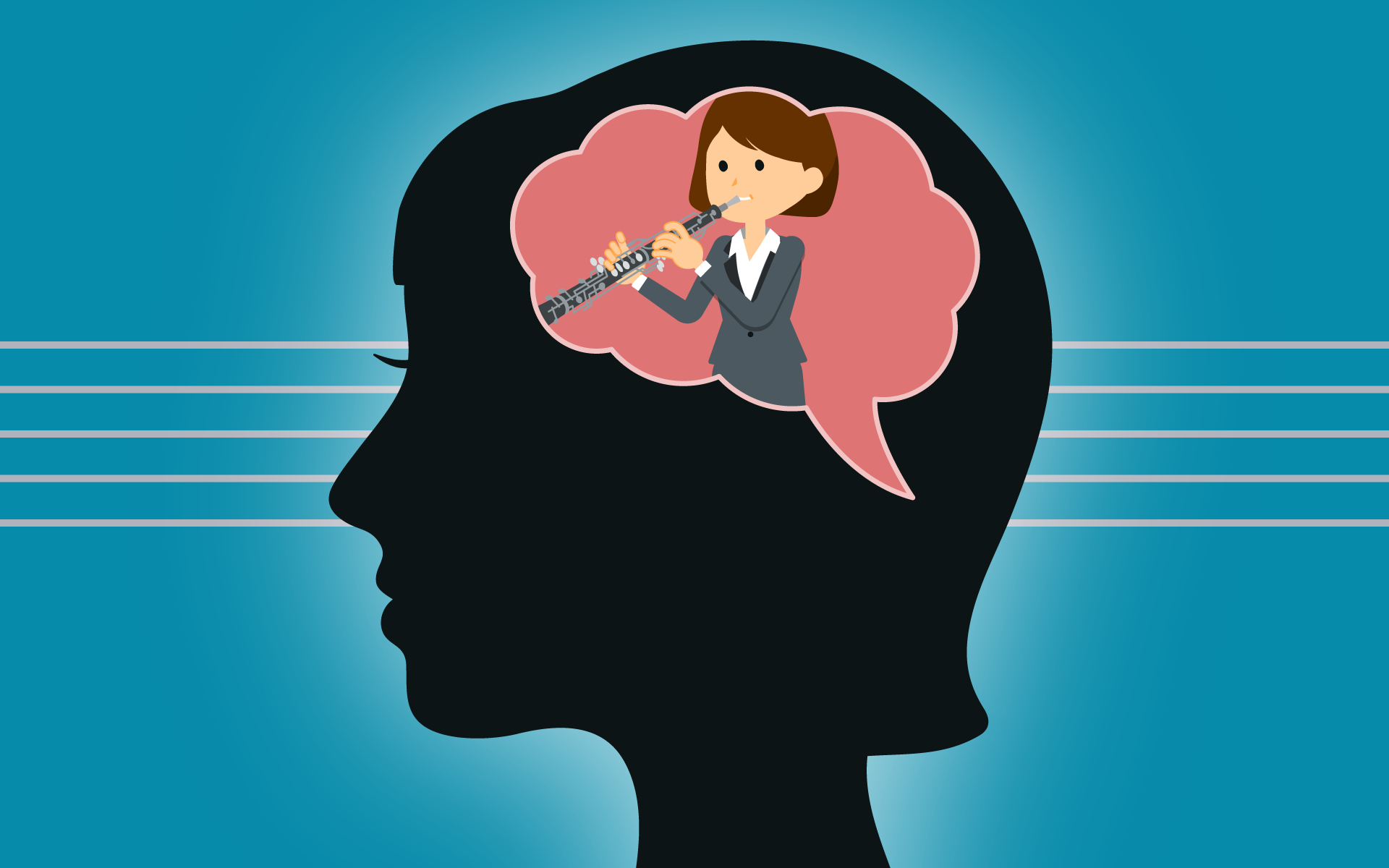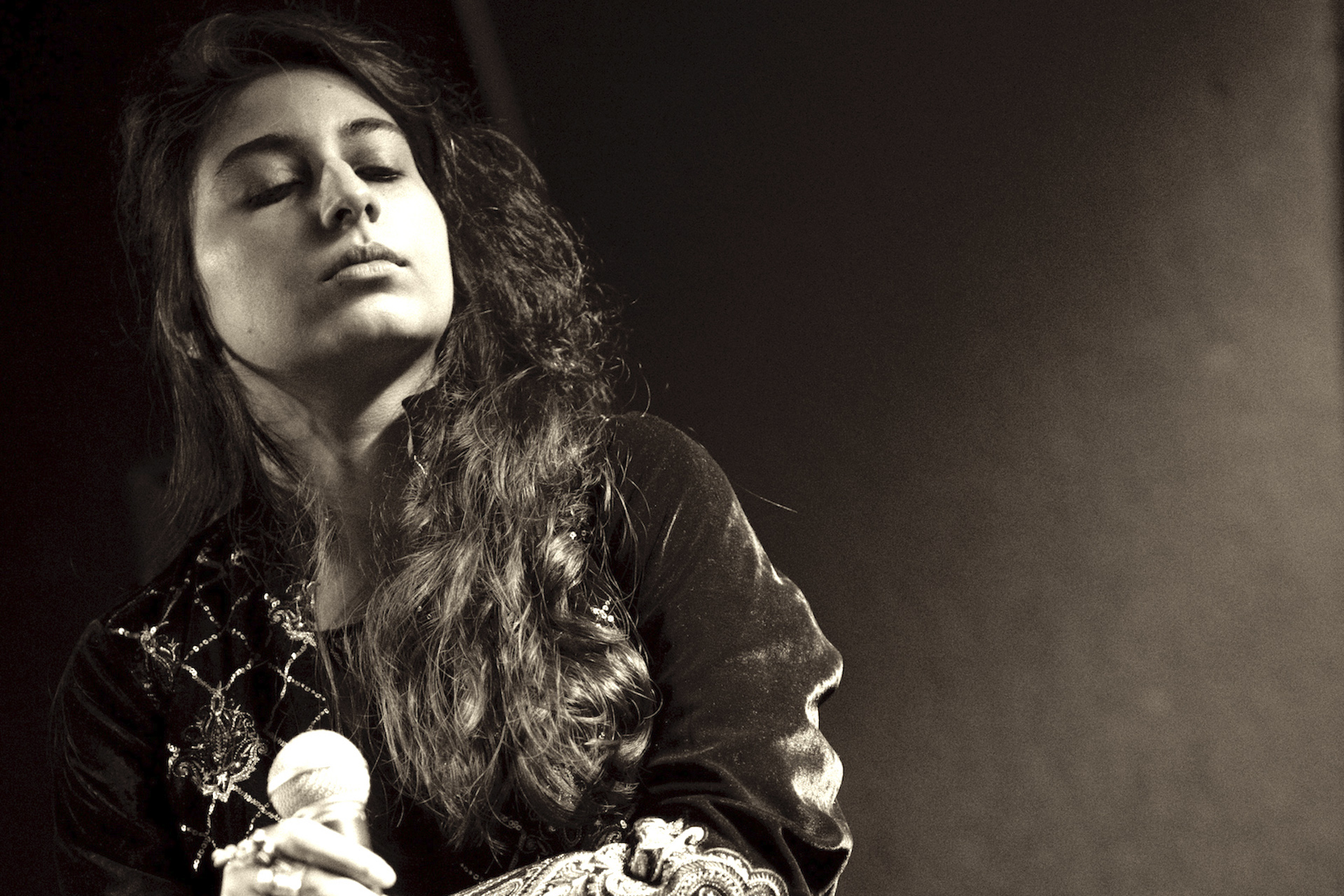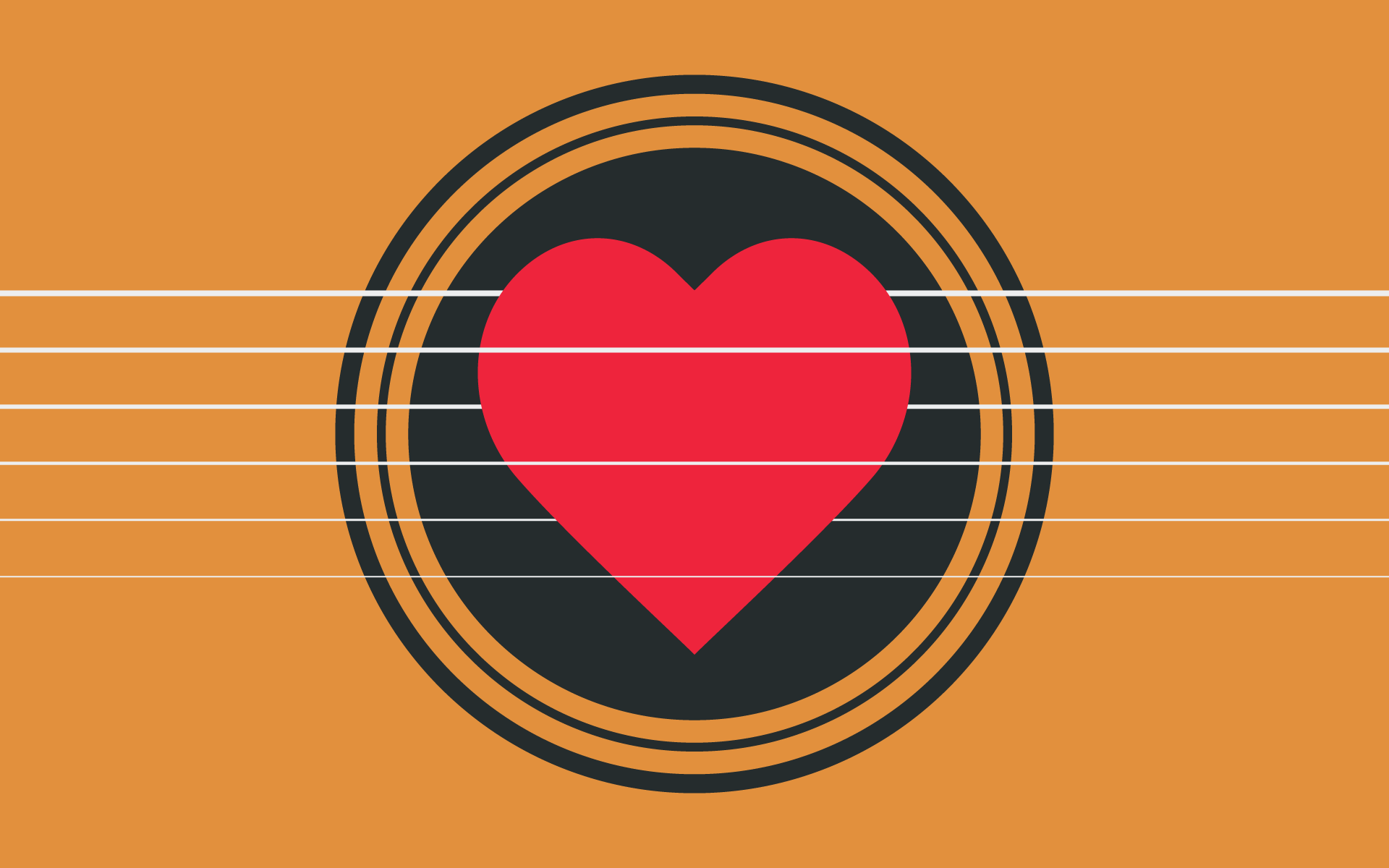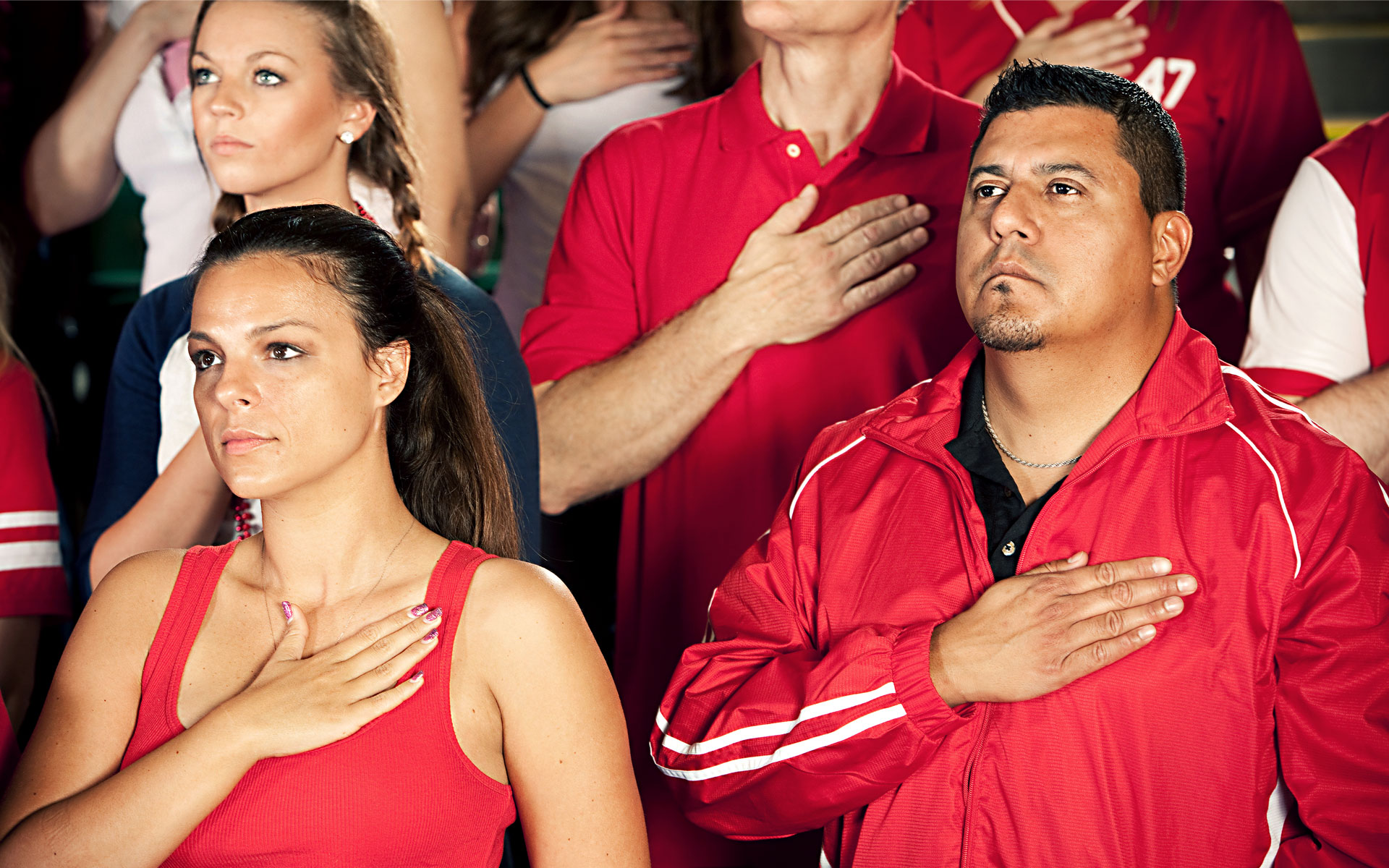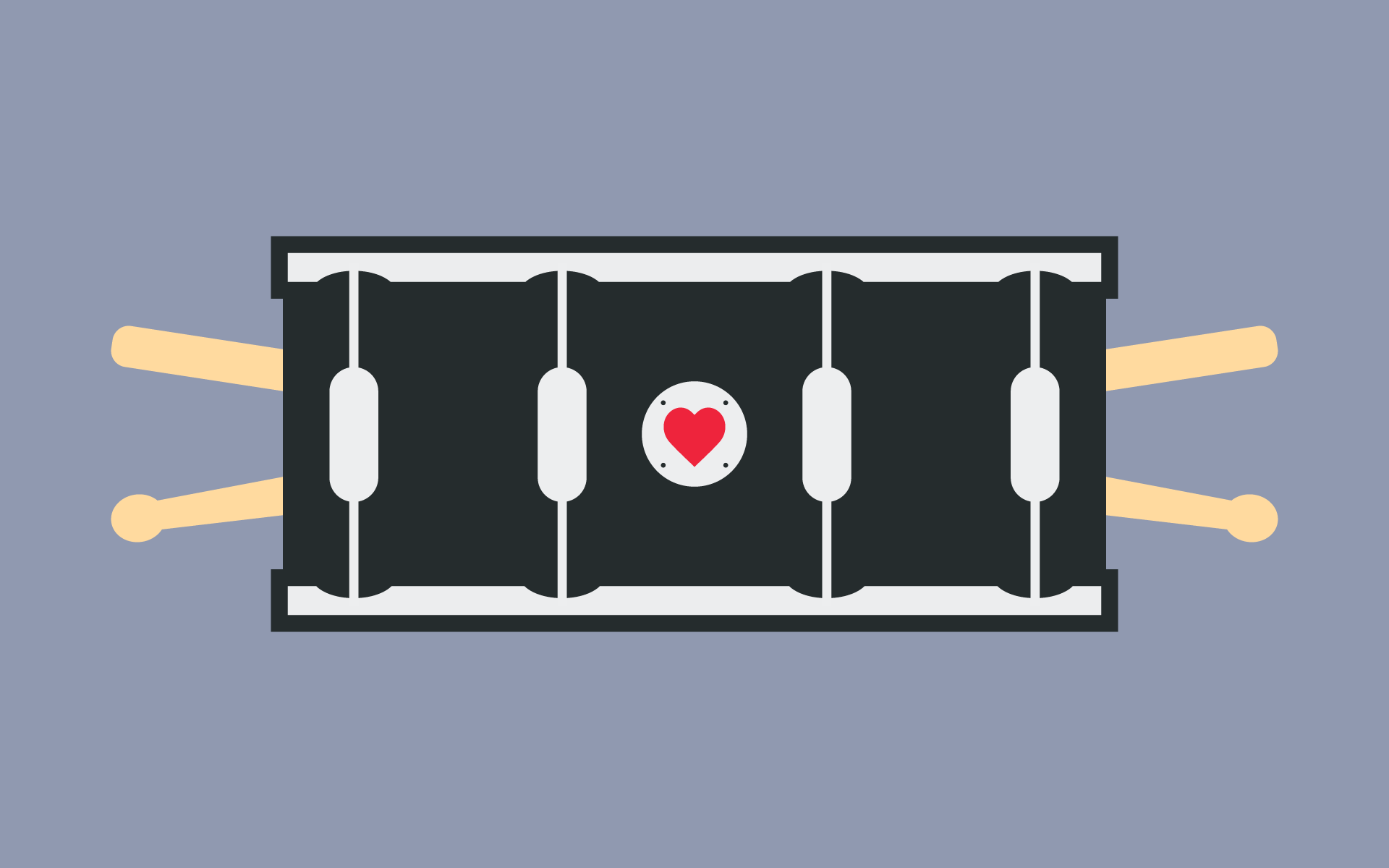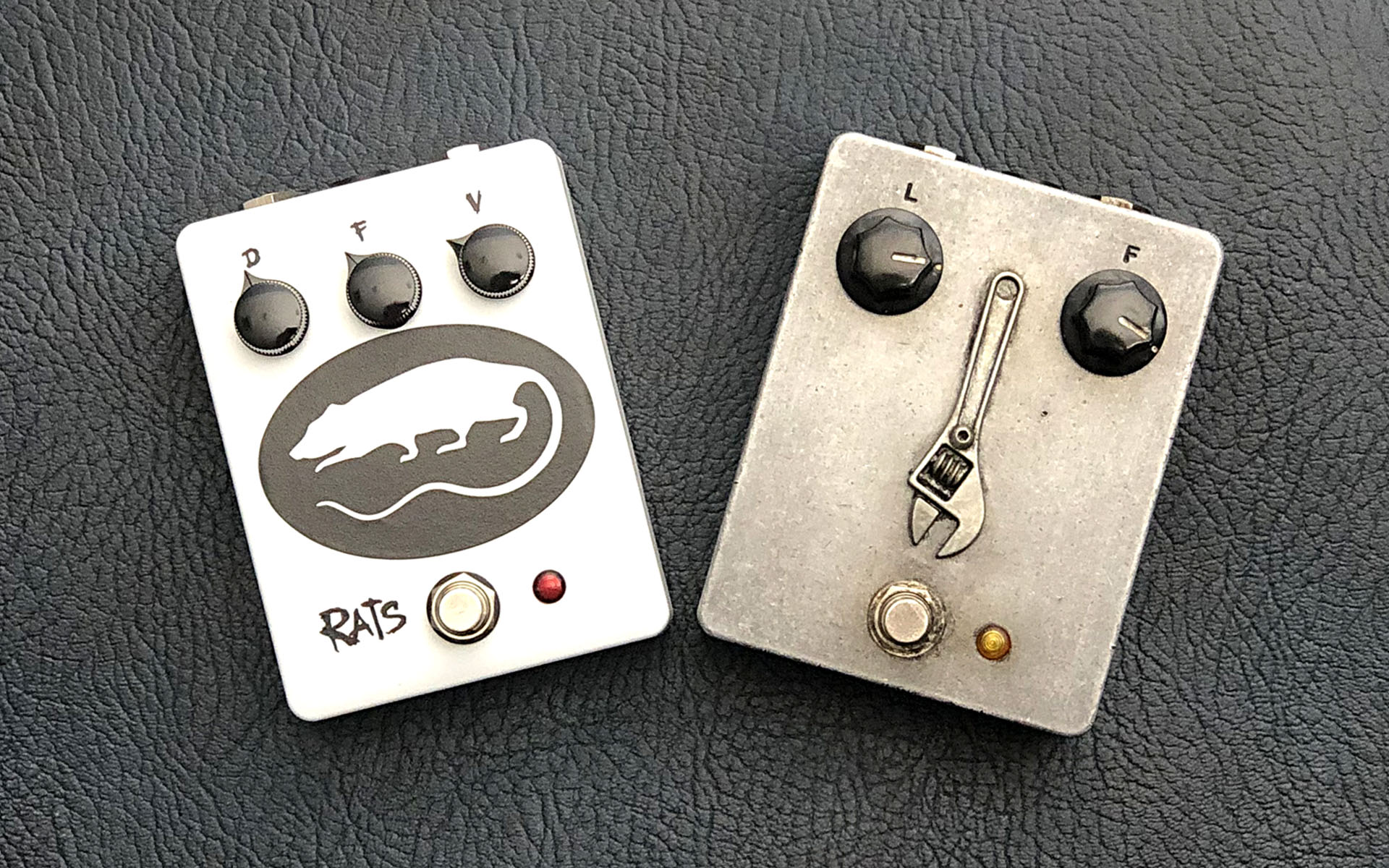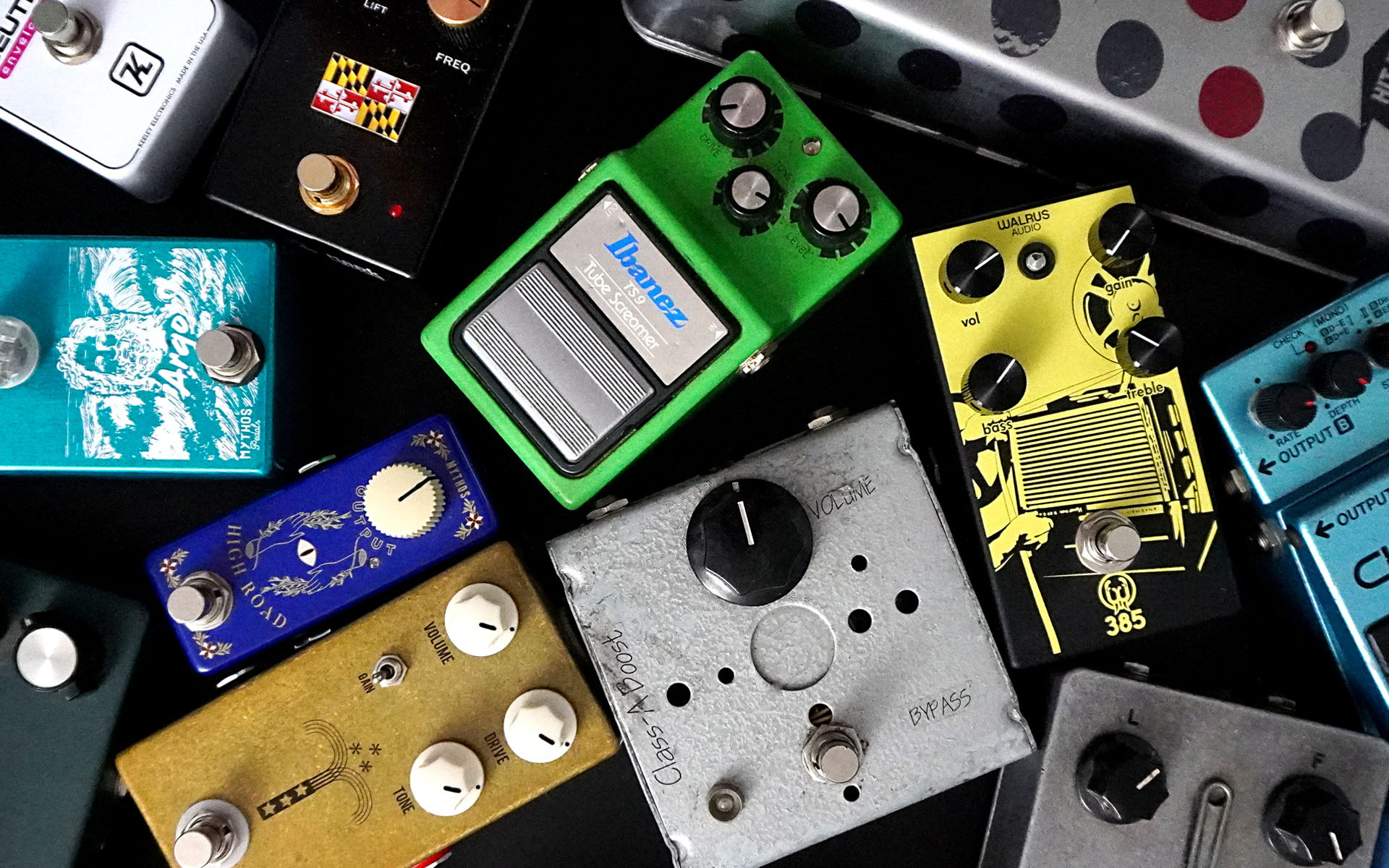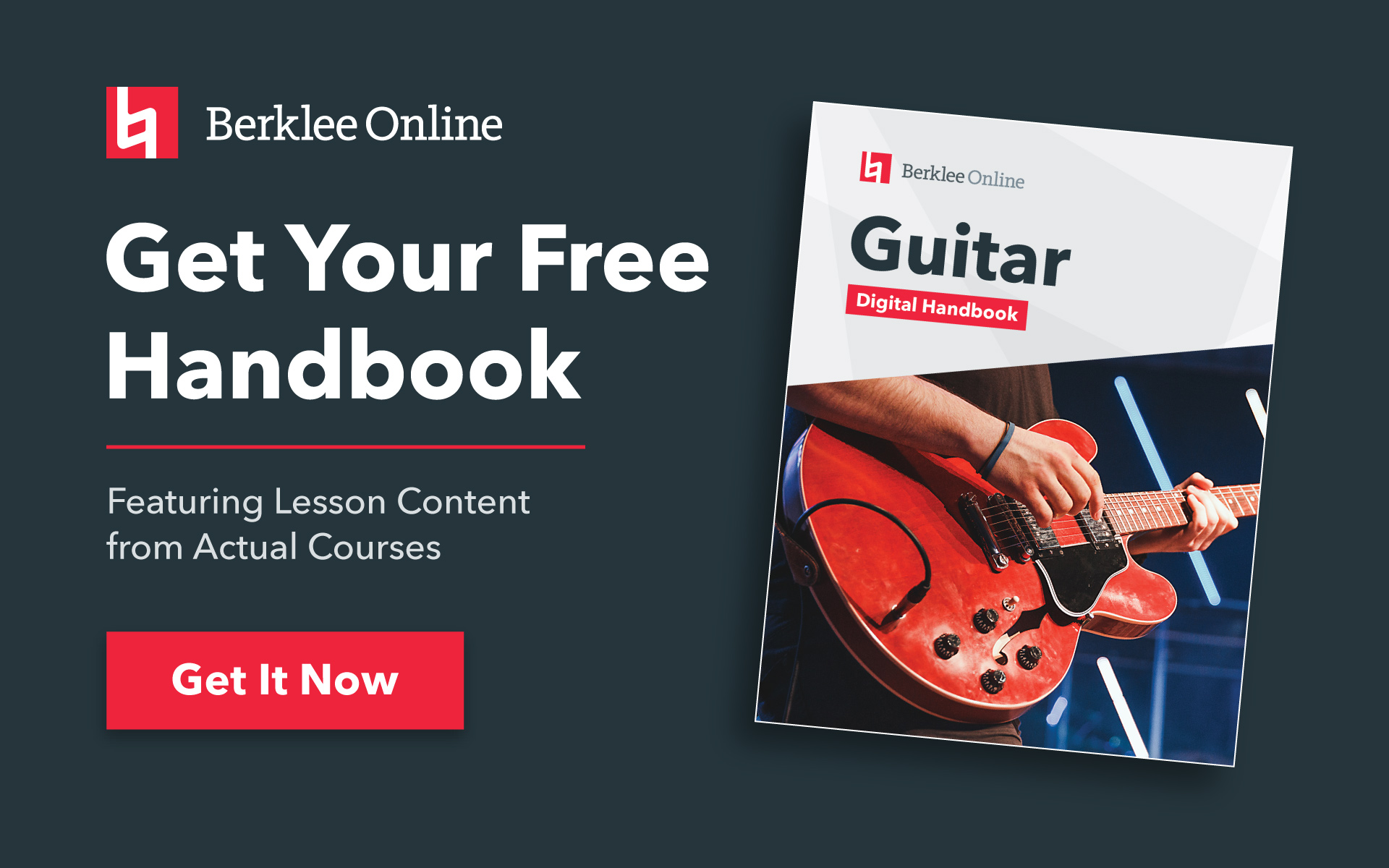Guitar effects pedals have given guitarists innumerable ways to manipulate the instrument’s more “natural” sounds into all sorts of possible resonances. If you’re wondering what the best guitar pedals are for you, the answer obviously depends on what you want to get out of it, as every stomp box has its own functions. So we asked a few of the course authors in the Berklee Guitar department a simple question: If you could only use one pedal for the rest of your guitar-playing life, what would it be? Some guitar instructors had a lot to say on the matter, others were brief, but effusive in their answers.
Keeley Boss BD-2 Blues Driver
I really like the Keeley modified Boss Blues Driver that I’ve had for 15 years or so. It’s very transparent—when I’m using it, it sounds like the amp/tubes are working harder, rather than coloring the sound, like most stomp boxes. I’m happy to keep it simple whenever possible … With just the guitar (and Blues Driver) plugged into a vintage Fender amp … love that combination! —Mike Williams
I’d probably have to say my Boss Keeley Mod. BD-2. If I get stuck with a crappy-sounding amp and guitar for the rest of my life, this pedal can help get a semi-decent sound out of a not-so-good setup. —Kevin Belz
Looper and Wah Wah Pedal
For teaching, my looper pedal (because it’s been essential for remote teaching), but for playing, my wah wah pedal—it’s versatile and too much fun to ever give up. —Amanda Monaco
Boss TU-3 Chromatic Tuner
Boss Chromatic Tuner! —Dan Bowden (who was keen to note that his first guitar effects pedal was an original 1960s Maestro Fuzz-Tone).
Dunlop Cry Baby 95Q Wah
Probably a wah pedal with a boost to get some overdrive. I think the wah pedal is an essential effect for the R&B genre, both in the rhythm and lead playing. For a wah, I use a Dunlop Cry Baby 95Q, which is switchless and features auto return. Auto return is a feature that allows you to activate the pedal by simply using it. When you stop, it switches off automatically. No messy footswitch glitches in the moments of changing from soloing to singing to playing rhythm etc. Others that I have are the Morley Bad Horsie, and Morley Mini Wah. They are both switchless. For a boost, of late, I have settled on a Wampler Tumnus, the mini version. —Thaddeus Hogarth
Volume Pedal
Volume pedal—for pedal steel effect. —Larry Baione
Fishman Platinum Pro EQ
My choice for best guitar pedals is the Fishman Platinum Pro EQ. I’m not much of a gearhead, at least when it comes to guitar gadgetry and effects (I’ve never had a pedal board!). I do have a small production studio, though, so instead of amassing gear for live performing, I have been updating and fine-tuning my recording setup. The Fishman Platinum Pro EQ covers all of my needs for both live and studio playing. I’ve used it on jazz gigs, either into my amp or as a handy DI with a little extra control on my end. It has a boost, a tuner, an option for pre or post, and XLR and quarter-inch connectivity. I use it for acoustic and hollow-body jazz guitars. In the studio, I also use it for electric bass. —Jane Miller
Klon Centaur
I really like the Klon Centaur, even though it’s way overpriced. I had an original, bought one of the newer models, and when I found out the new one sounded just as good, I sold the old one for lots of money on Reverb.com. It gives sustain without too much compression and overdrive without burying the original tone. It has to be going through a Fender Deluxe or Pro Reverb to sound its best. —Rick Peckham
Read: The Klon Centaur Phenomenon
MXR Carbon Copy Pedal
One pedal?!? That’s impossible!! I am really attached to my Dunlop MXR Carbon Copy pedal. It can almost substitute as a reverb pedal, adds an amazing depth and color to my sound, and I can get some crazy effects out of it if I tweak it in real time. —David Gilmore
DOD 250 Overdrive
My old gray DOD 250 overdrive. It’s quite a bit juicier and has way more character compared to an older tube screamer. It’s a great-sounding box. I can get retro hard rock tones out of it as well as balls-out metal and shred tones. —Joe Stump
Delay Pedal
Delay. You can do so many musical things with a delay pedal. —Tim Miller


